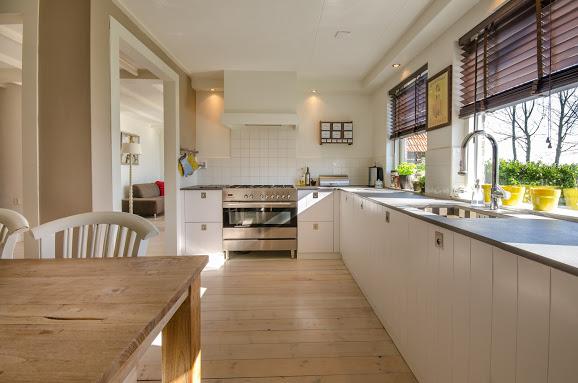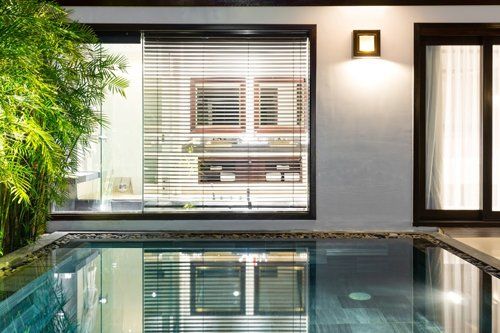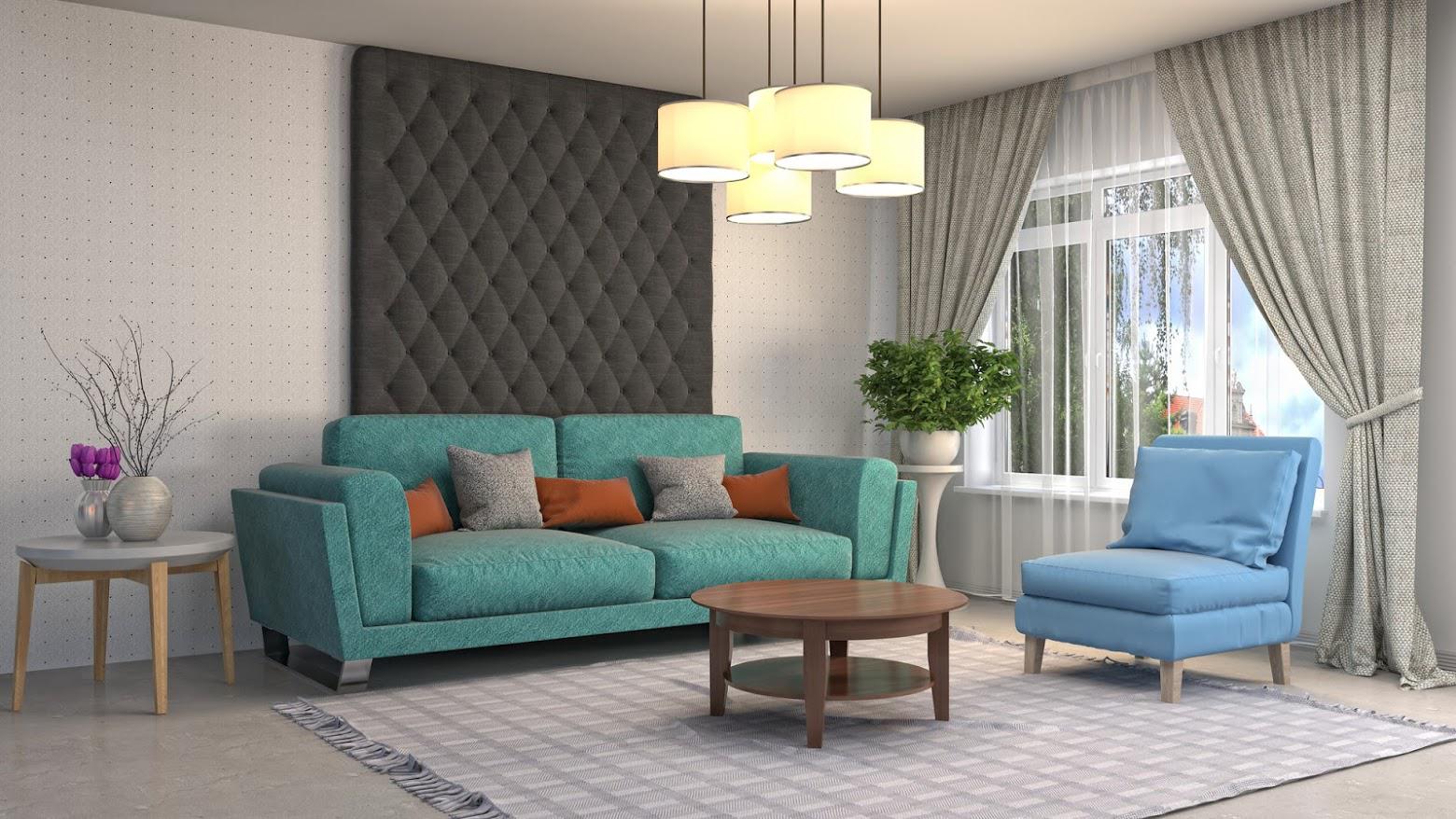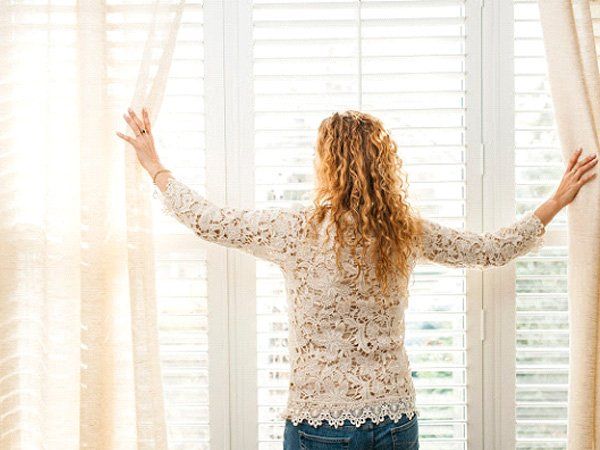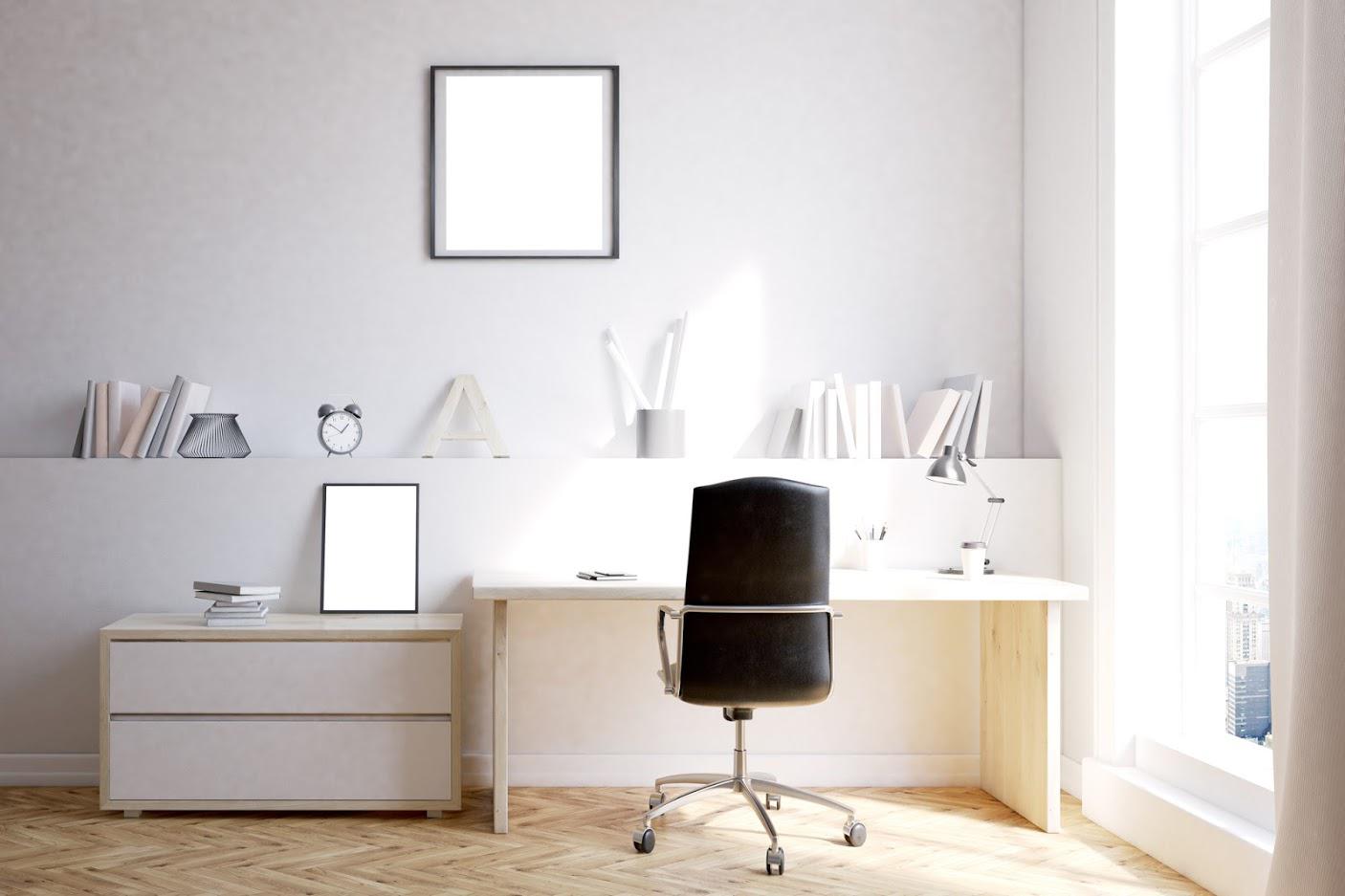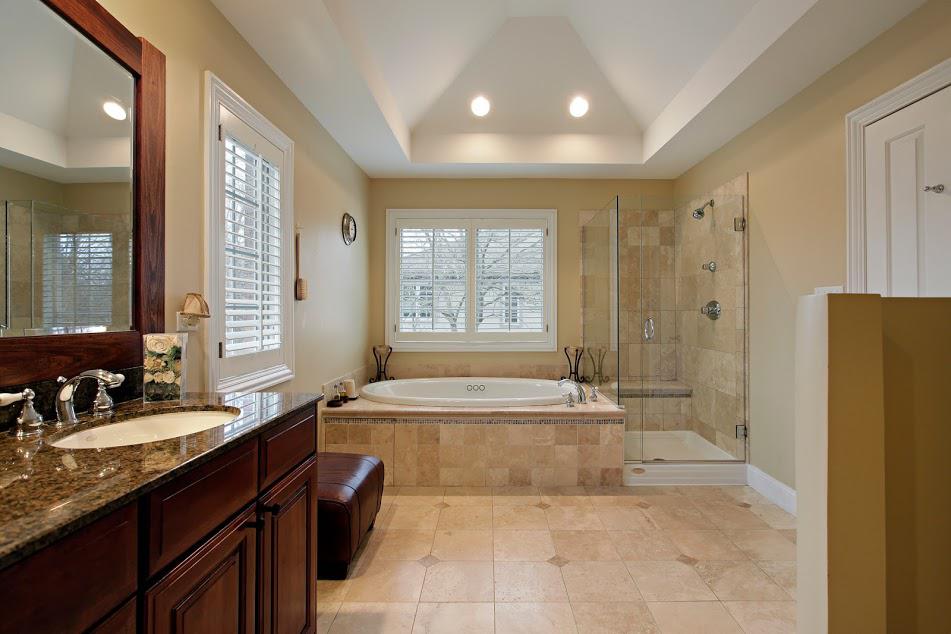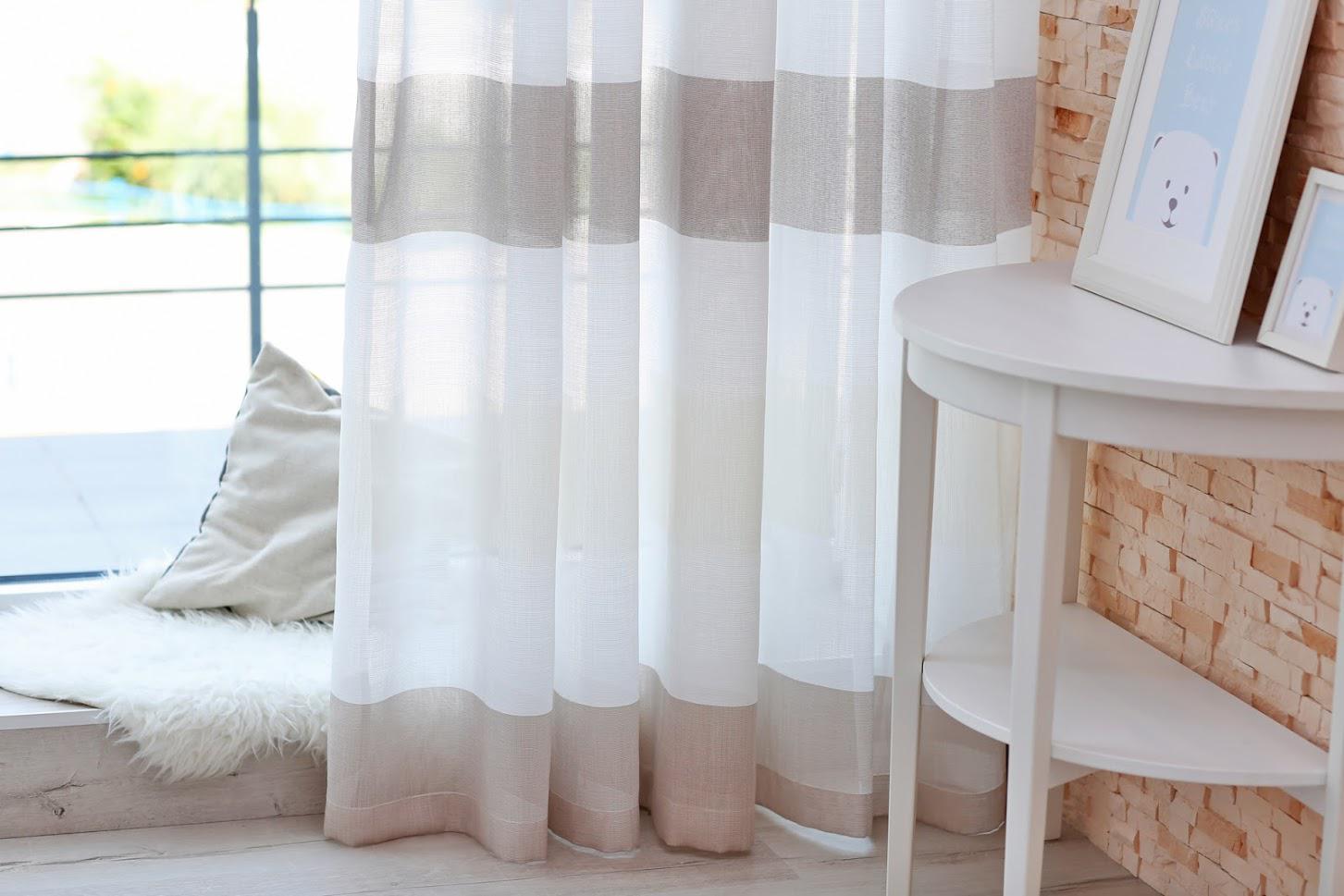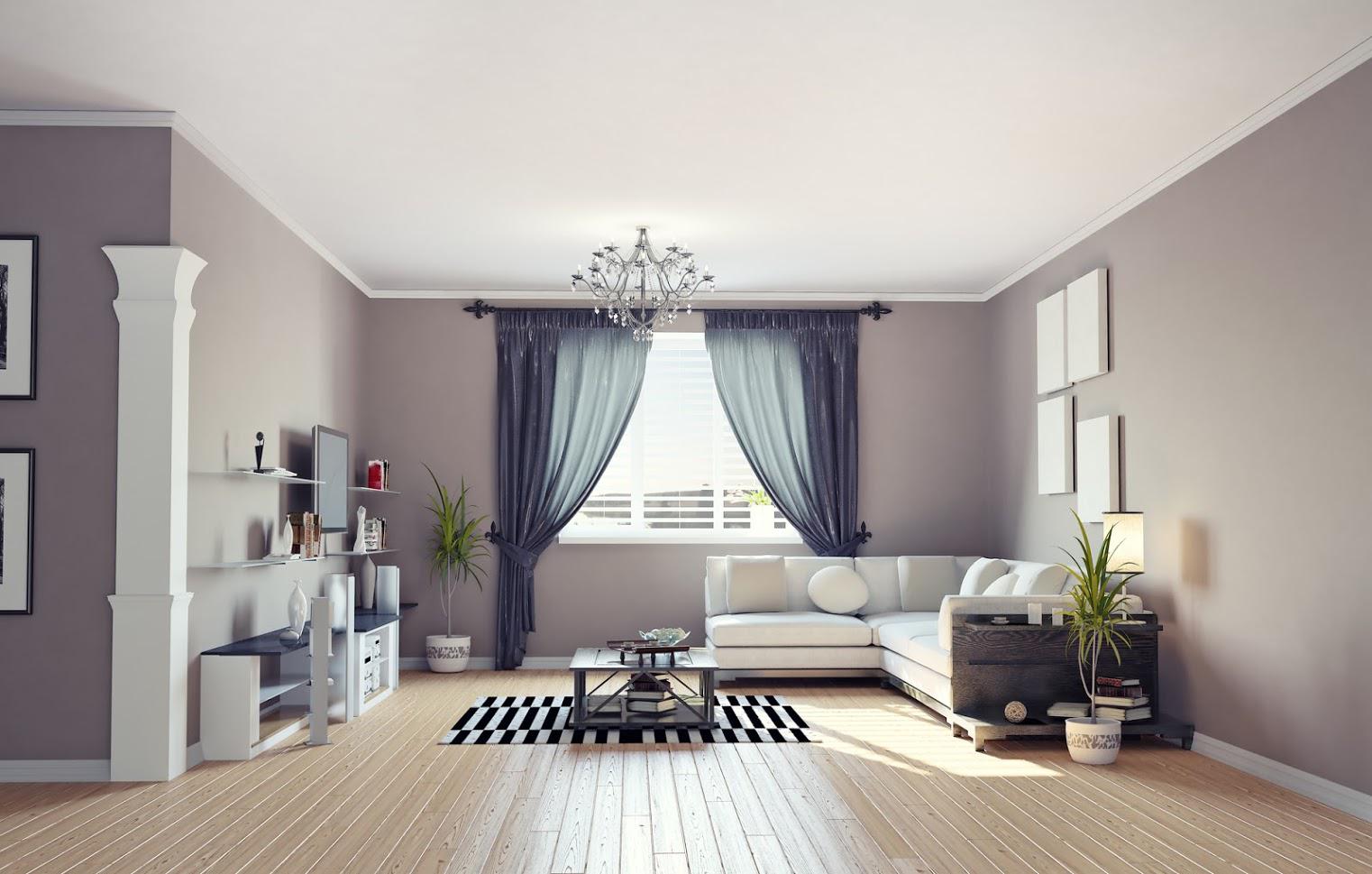4 Types of Blinds and Ways They Complement Your Décor
- By Admin
- •
- 06 Jul, 2019
- •

Blinds continue to be one of the most popular light control options. They can stand alone, or you can layer them with other treatments to create the look you want in your décor.
Venetian blinds are the default setting in the blinds world. They are the standard style that consist of horizontal slats held together and controlled with string. They come in wood, composite, vinyl, and aluminum. Within the Venetian blinds realm, you also have variations which affect their function and appearance. Below are some of those variations as well as other attractive options.
1. Micro Blinds
As their name suggests, micro blinds are miniature blinds. In fact, their slats are tiny, not the blinds themselves. The slats in micro blinds are only 1/2-inch thick. The slats are usually made of powder-coated aluminum, so they're durable and easy to clean. What's more, micro blinds tend to be moderate in cost. They're one of the variations of Venetian blinds mentioned above.
Micro blinds come in a range of neutral colors, though you often find them ranging into the dark hues. With the darker blinds, they can function almost as blackout shades because of how tightly the tiny slats fit together. That said, you can vary their opening so they let in diffused light. Micro blinds are also ideal for small or narrow windows or sliding glass doors because of their petite profile.
2. Woven Wood Blinds
Woven wood blinds are a little bit of a hybrid window treatment. They consist of horizontal slats of wood held together with string, making them similar to Venetian blinds. However, some come in woven styles reminiscent of shades. Nonetheless, they're a highly attractive treatment because they feature different graining patterns depending on the wood.
Woven wood blinds can provide your classic neutral backdrop. However, if you find a set with some of the more prevalent wood graining, they can add a little pattern and some color to your décor. For example, you might choose a color from the pattern for curtain panels to flank the blinds. You can also use similar wood patterns elsewhere in your room.
3. Wood Blinds
A similar construction to woven wood blinds is the standard wood Venetian blind. The differences are small. For the most part, standard wood blinds have wider, sturdier slats than woven wood. Therefore, they present a bolder profile. What's more, in addition to their natural staining, wood blinds can come in almost any color you want.
Additionally, wood blinds are very similar to plantation shutters in look because of their sturdy construction. So, you could fake the look of plantation shutters without the price tag. That said, wood blinds carry their own beauty. The naturally stained varieties offer a casual appeal and are especially suited for masculine décor. Painted varieties can complement your color scheme.
4. Vertical Blinds
Vertical blinds consist of long strips of vinyl or stiffened fabric. They are usually only attached to each other and the rod in one place: the top. They consist of a track with sliders. Each blind vane is attached to its own slider. The sliders control not only the opening and closing but also the angle of the vanes.
The vanes on vertical blinds are often wider than the slats of horizontal blinds. Therefore, vertical blinds are especially useful for tall or otherwise large windows. What's more, the addition of stiffened fabric as a material option results in a wider range of styles and colors. You may opt for a classic neutral blind, but you could also choose to use your vertical blinds for accent coloring.
Whether you opt for a variation on Venetian blinds or another style altogether, choose blinds that best complement your décor and your preferred aesthetic. House of Drapery & Blinds has a wide variety of blinds for you to choose from.

Keep reading for tips to help you choose window treatments for your baby's nursery.
Keep Safety in Mind
Your first priority when choosing anything for the nursery is safety. Granted, newborns don't interact much with their surroundings, but you'll probably keep your nursery décor even once your baby reaches the crawling stage. With that in mind, you want to choose window treatments that are safe for your baby.
For one, avoid drapes that reach to the floor — you don't want your baby to become entangled in them or to pull them down. For the same reason, consider cordless blinds. You can even choose motorized blinds, which operate with a switch or an app. Finally, avoid any trim or accessories small enough to become a choking hazard.
Look for Ease of Operation
Your next focus should be window treatments that are easy to operate. Once you become a parent, ease of operation will become paramount. You will often have a baby cradled in one arm, so you want items that are easy to operate with the other hand.
So, when looking at window treatments, avoid any that require both hands to operate, such as corded shades or heavy drapes. Pay attention to the overall function, too. For instance, if you choose shutters, make sure they operate smoothly.
Look Into Blackout Blinds
Another practical focus is the level of light control. In many rooms, you may favor a filtered light. Design-wise, you may like this level of light for your nursery, too. However, keep in mind you'll eventually be putting your baby down while it's still light out — you don't want the sunlight to keep your baby awake.
To that end, look into blackout blinds. They affix to the window frame snugly, and they completely block the sunlight from coming in. If you want the option of the filtered light, look into layered window treatments. You could hang semi-transparent curtain panels for when your baby is awake.
Opt for a Neutral Background
You may want window treatments that provide a neutral backdrop. So, you might start with the blackout shades as your base layer and add sheer curtains in a neutral color. White is popular, but you could also opt for a beige or greige neutral.
This approach works for a couple different situations. For one, a current trend is to move toward natural materials and décor. So, you may choose a lot of neutral colors and soft materials anyway. The approach also works in the opposite circumstance. If you already have a lot of bold colors in your décor, you may not want to add to it with your window treatments.
Stick to Your Décor Vision
Your décor vision will help you make most of the design choices. For example, you may choose the material based on a theme or general target ambiance. If you like the idea of an all-natural nursery, you may look into bamboo shades or linen curtains. If you want structure in your treatments, you might look into wood blinds or even shutters.
A décor theme will definitely drive your choice in nursery window treatments. Besides thematic curtain panels, Roman shades are one of the easiest ways to inject pattern into your window treatments. You can also find roller shades with designs on them.
The other design driving force is your color palette. Many parents adhere to the traditional gender-based palettes, but many opt for bright, gender-neutral palettes. Either way, window treatments in your target color palette can serve as the centering force of your entire nursery décor. You could even start with a pattern in your draperies and carry the palette through the rest of the room.
Try some of the above tips to help you choose window treatments for your nursery. When you're ready to explore your options, consult with House of Drapery & Blinds.




